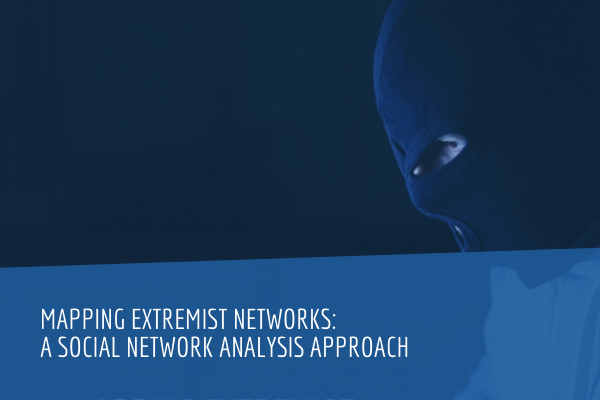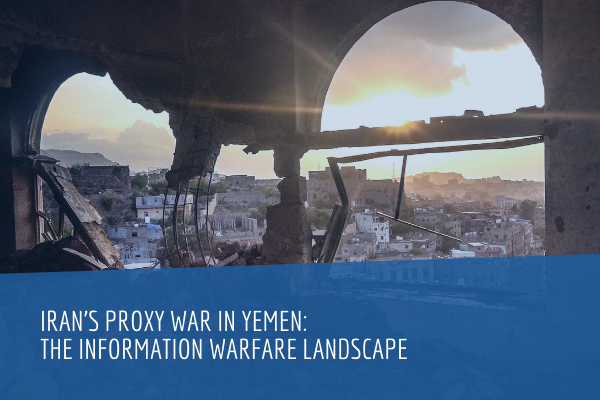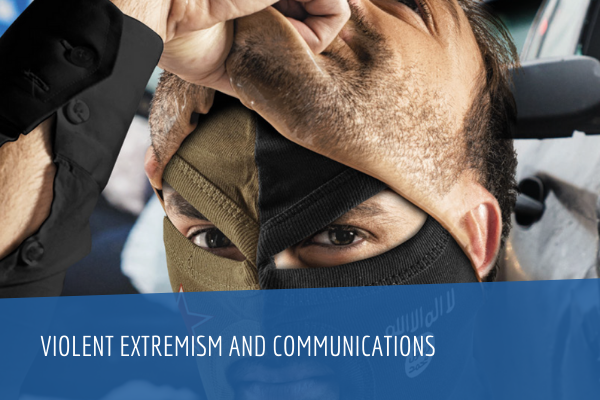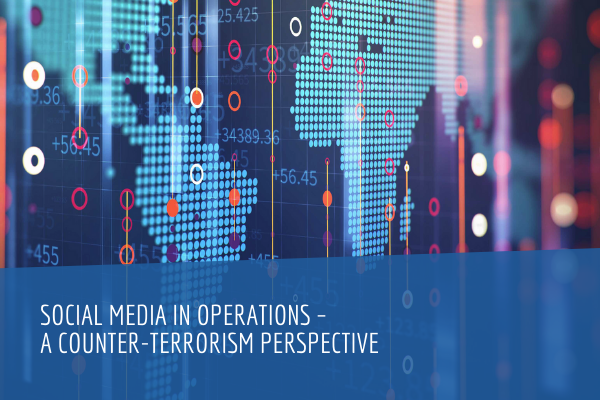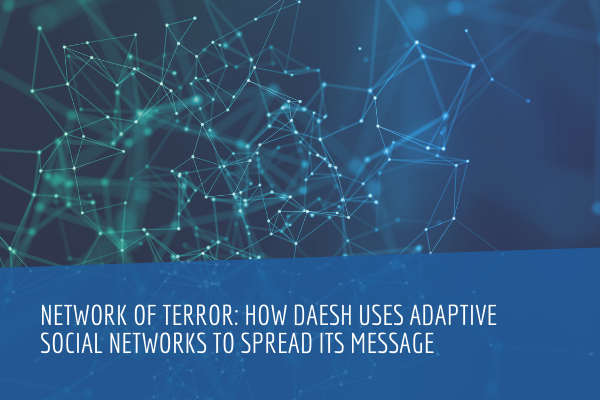The complex nature of the threat of terrorism caused by groups active in North Africa and the Sahel requires effective information to prevent, detect, and eventually investigate all criminal activities related to their areas of interest. In the Maghreb-Sahel region, more than in any other place, the boundary between the two main Salafi-jihadi groups – al-Qaeda and ISIS – is porous at best and non-existent at worst. While borders between these Salafist religious spheres can be hard to define, they are tangled with contextual and interest-based factors, thereby transforming the regional jihadi ecosystem into a challenging mosaic.
The main aim of this research is to map the communication capabilities of terrorist groups in North Africa and the Sahel, taking into consideration the local context as well as to identify and categorise the specific means used to disseminate propaganda in each country / region by contextualising the material produced in / for / about African Jihadism by both al-Qaeda and ISIS groups. Bearing in mind that terrorism functions as a communicative act, the groups’ multilevel communication capabilities are a core element of the jihadi phenomenon in North Africa and the Sahel. Starting from the individual and transcending the jihadi ecosystem to the global level, jihadi-terrorist communication capabilities develop on a multilevel structure, adapting their main elements according to context, goal, and strategy.
While interests, views, and trajectories leading to extremist radicalisation and acts of terror remain highly diverse, intensive research on firsthand material has emphasised the correlation between communication capabilities and recruitment strategies for the jihadi ecosystem in North Africa and the Sahel, while pointing out similarities and contextual distinctions regarding four factors: ideological and religious, socio-political, geopolitical, and the marketing of violence. To fully grasp both the similarity and diversity of these factors, it is necessary to examine the content of the numerous channels focusing on North Africa and Sahel, such as Geonews – a portal dedicated to Al-Qaeda on the Rocket chat platform. Recruitment patterns are identified and discussed for each factor, outlining the main themes, means, and terminological tools used by the jihadist groups in the region, based on the methodological framework of this research.
The conclusion of this article summarises the main findings and provides valuable recommendations for the development of a comprehensive counterterrorism strategy that encompasses all of the actors, means, and tools present within the jihadi ecosystem in North Africa and the Sahel, and beyond.
Main findings of this report were discussed in #StratComTalks on 7 April 2021:

